What are the best metal tins for storing bulk coffee beans?
The best metal tins for storing large quantities of coffee beans include oval and rectangular tins, both of which come with metal clips and are ideal for storing large quantities. Freshness test data shows that airtight metal tins can preserve the flavor of coffee beans up to 50% longer compared to standard containers. Of course, I also incorporate built-in degassing valves and UV-resistant coatings to prevent oxidation and damage from light. By combining a shape that suits your storage needs with a reliable closure, you can protect your bulk coffee beans from oxygen, light, moisture, and handling stress, ensuring optimal aroma and flavor for an extended period.
Metal Tins: Oval Coffee Tins for Maximum Capacity
When you need a large storage capacity without sacrificing space efficiency, elliptical metal tins are the perfect choice. A 5-liter elliptical can makes more efficient use of space, allowing you to store up to 10 pounds of whole coffee beans in one container. Furthermore, its slender shape allows it to fit into narrow shelving units. I specify food-grade tinplate with an epoxy lining to prevent flavor transfer and ensure chemical resistance. Furthermore, the integrated metal clamp on the lid provides uniform pressure to ensure an airtight seal even after dozens of opening and closing cycles. By choosing an elliptical coffee tin, you can maximize bulk storage while maintaining easy handling, efficient shelf utilization, and ensuring consistent freshness in both commercial kitchens and home pantries.
Metal Tins Ideal for Modular Storage
Rectangular metal tins offer modular stacking and efficient shelving for bulk coffee bean inventory. Their flat design allows for neat stacking without wasting space, allowing you to store multiple 3-gallon canisters in a single cabinet. Furthermore, these tin cans integrate seamlessly into industrial metal racks. For custom production, we use custom embossing for easy labeling and a durable powder-coated exterior to prevent scratches during shipping. Furthermore, heavy-duty metal clamps and silicone gaskets maintain a vacuum-like condition, enhancing barrier properties. By choosing rectangular coffee tins, you can achieve a high-capacity, organized, and scalable storage System to accommodate a growing coffee business and simplify inventory management.
Food-Safe Liner and Degassing Valve
Efficient metal coffee tins include a food-safe lining and a one-way degassing valve. Metal tins used to store coffee beans are lined with epoxy or polyester to prevent a metallic taste. This prevents your beans from being contaminated by the tinplate. These coatings also ensure compliance with the US Food and Drug Administration (FDA) and EU food contact regulations. Integrated degassing valves release trapped carbon dioxide while preventing oxygen from entering and deforming the can. Furthermore, non-stick linings facilitate cleaning and prevent bean oils from contaminating the interior surface. These combined features ensure optimal freshness, flavor integrity, and hygienic reuse potential for your tins across multiple harvest cycles.
UV-Resistant and Protective Coatings
To protect coffee beans from light damage, metal tins must be coated with a UV-resistant material. Our matte powder coating, featuring UV stabilizers, blocks up to 99% of harmful rays, preserving the beans’ oils and aroma. Furthermore, a textured coating reduces the visibility of scratches. We use a textured exterior coating to reduce glare, fingerprints, and surface abrasion. An optional matte interior coating prevents light reflections within the can, further preventing light damage. By selecting tins with these protective coatings and certified UV protection, you can safeguard your bulk coffee beans against photooxidation, ensuring consistent roast characteristics and exceptional cup quality during long-term storage.
Ergonomics and Handling Features
User-friendly metal tins for bulk coffee storage must feature ergonomic handles and sturdy lids. To this end, we’ve integrated side handles to reduce strain when lifting 8-10 lb tins, minimizing spillage during refilling. Additionally, contoured handles enhance operator comfort. We’ve also designed a spring-loaded clip-on lid for secure, one-handed operation, preventing accidental opening. UV-printed measurement guides inside the lid allow for precise portioning on the go. By prioritizing ergonomics in your metal tin packaging, you can streamline daily operations in a busy café or home kitchen, reduce the risk of repetitive strain injuries, and maintain consistent bulk storage without compromising accessibility or freshness.
Better Coffee Bean Storage
The best metal tins for storing bulk coffee beans are oval and rectangular, and come equipped with metal clips, food-safe linings, degassing valves, UV-resistant coatings, and ergonomic handling features. I recommend using high-capacity oval cans to save space and stackable rectangular cans for modular shelving. By choosing cans with these specifications, you can maintain coffee freshness and maximize storage efficiency.


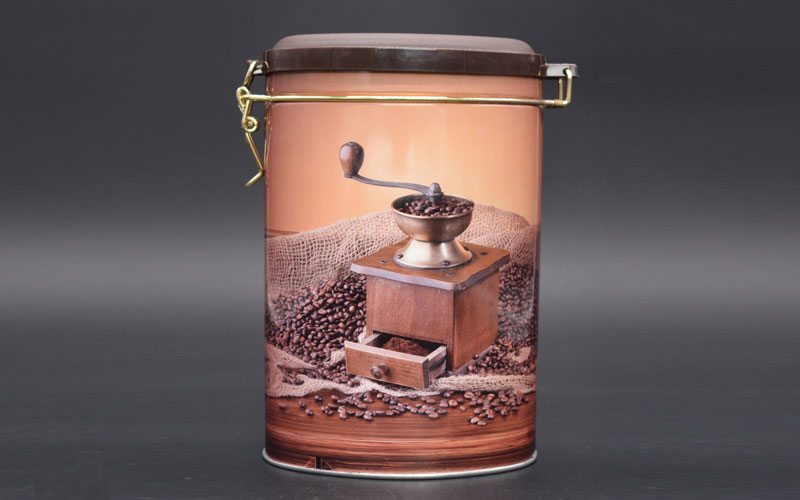

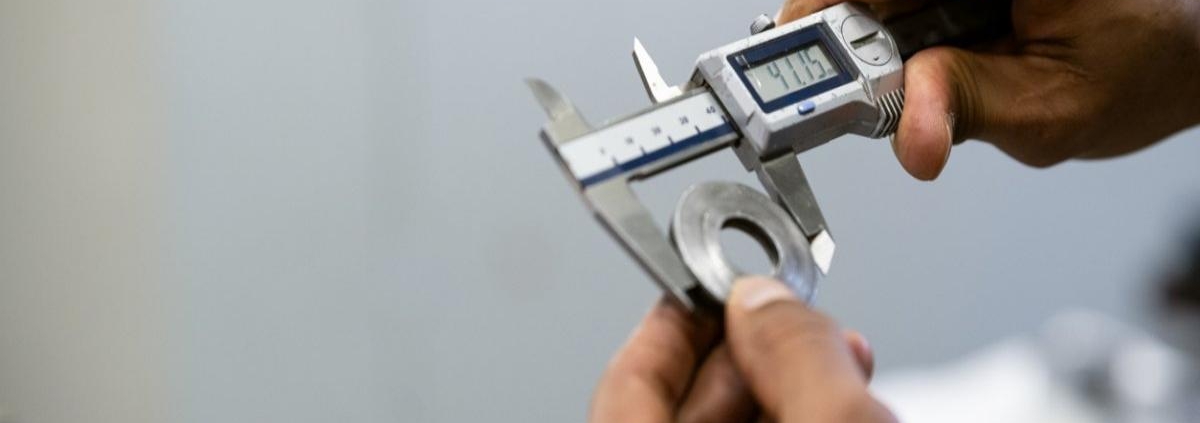
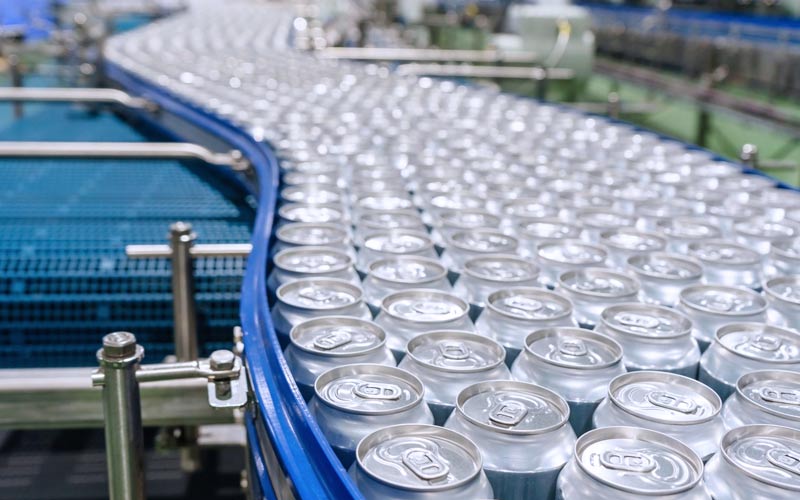

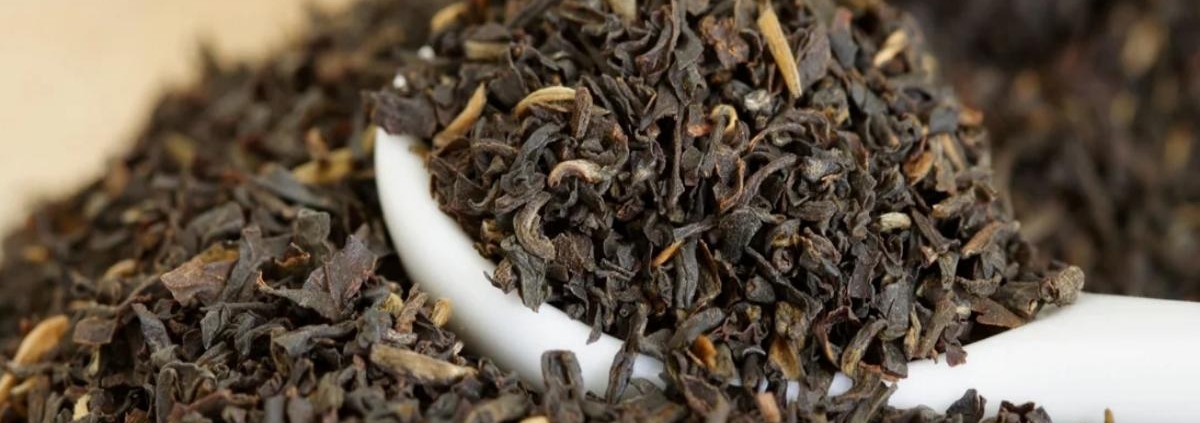
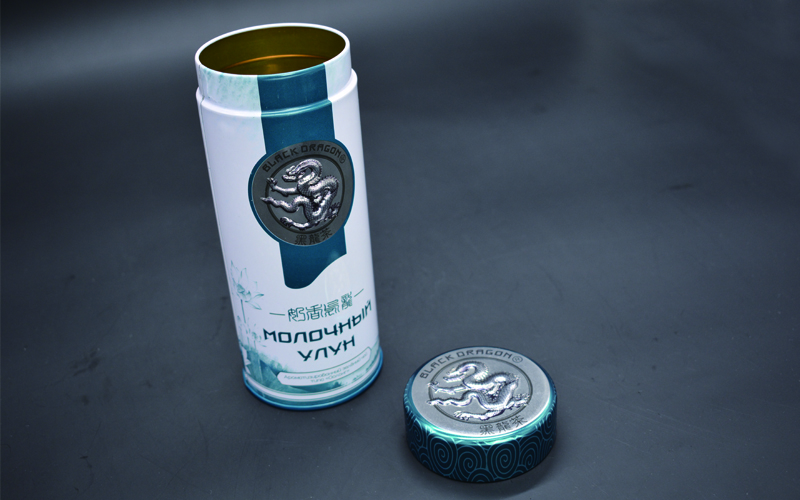

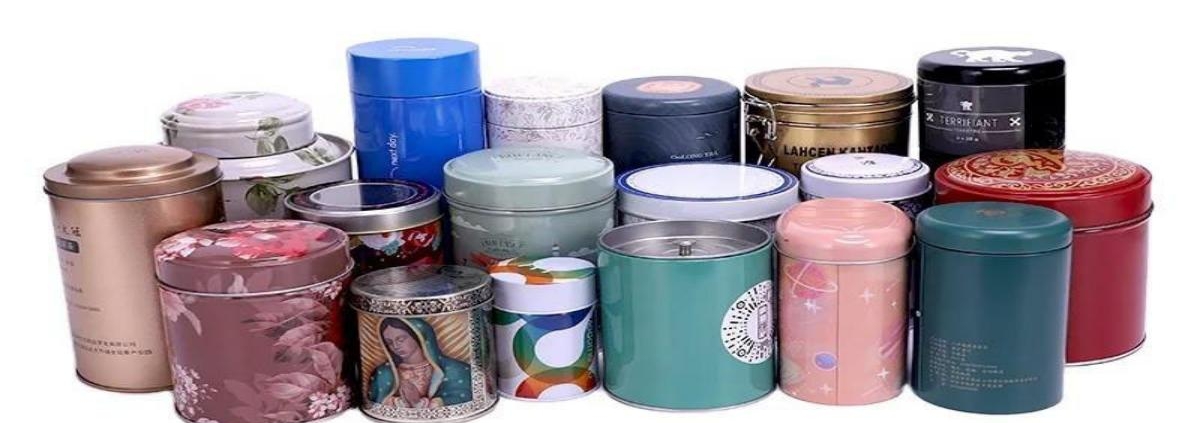
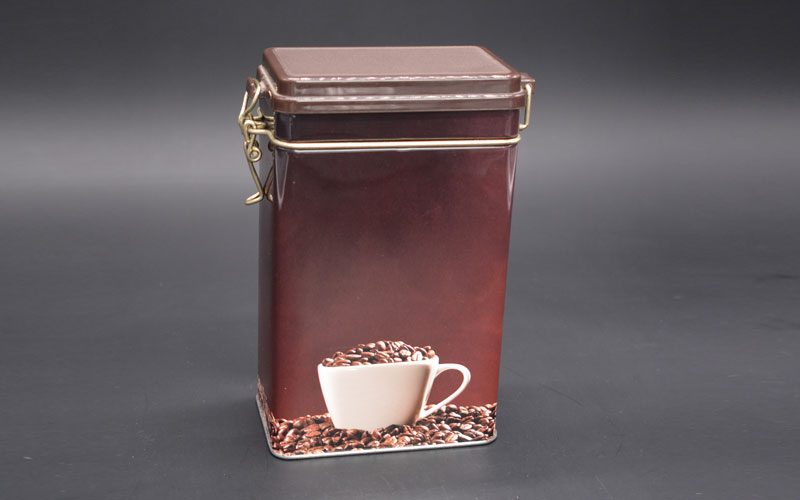
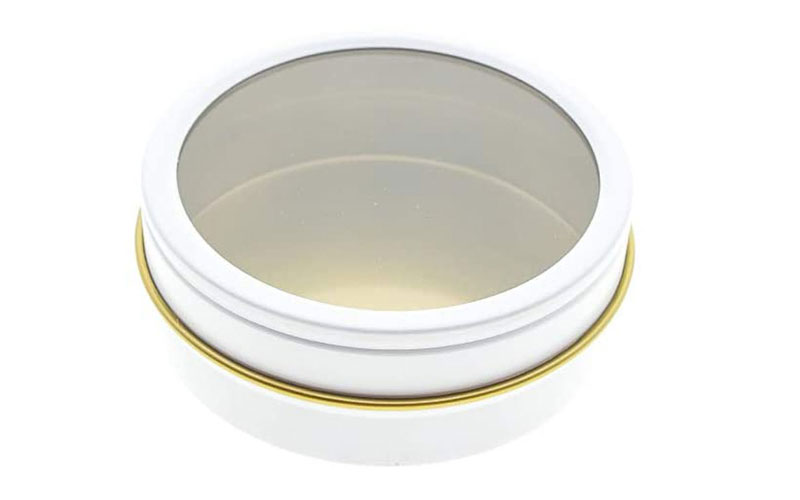
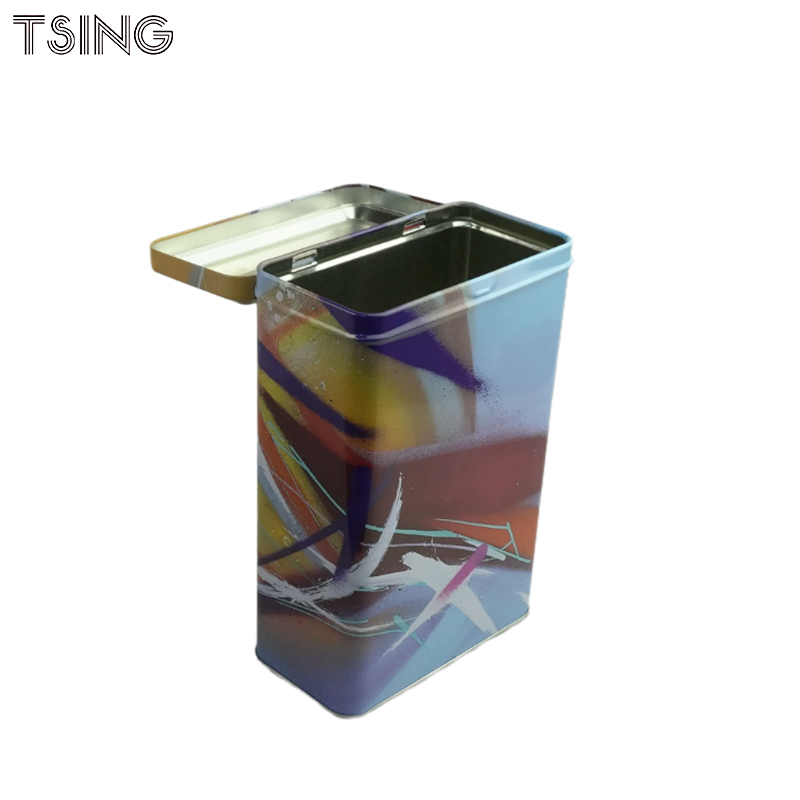
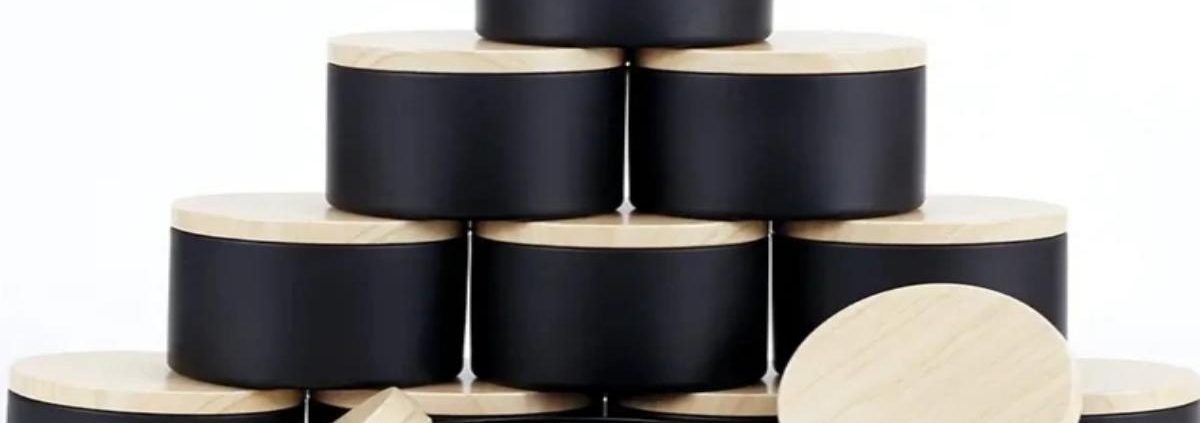
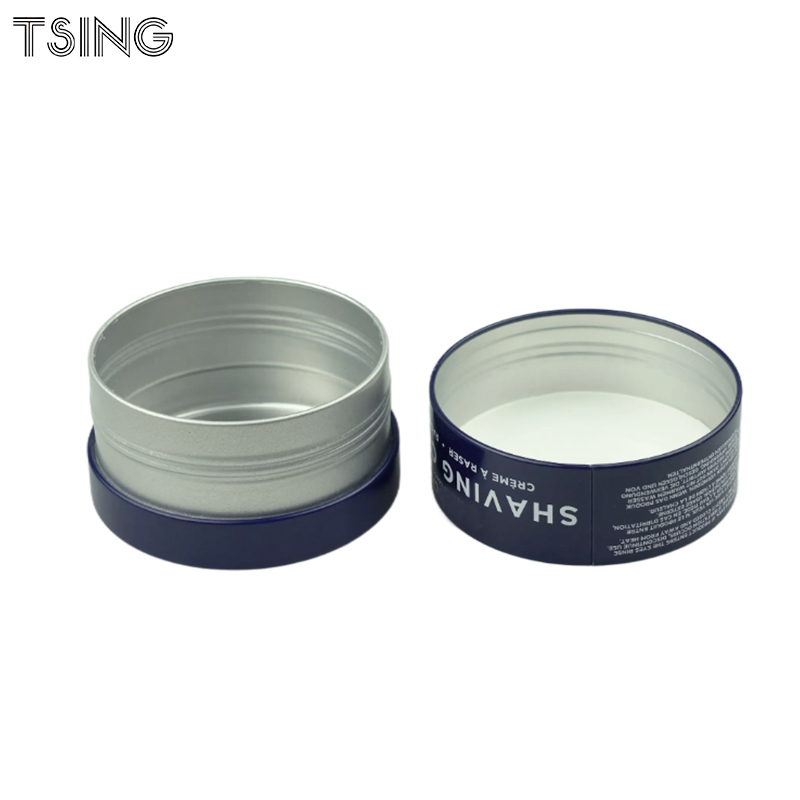
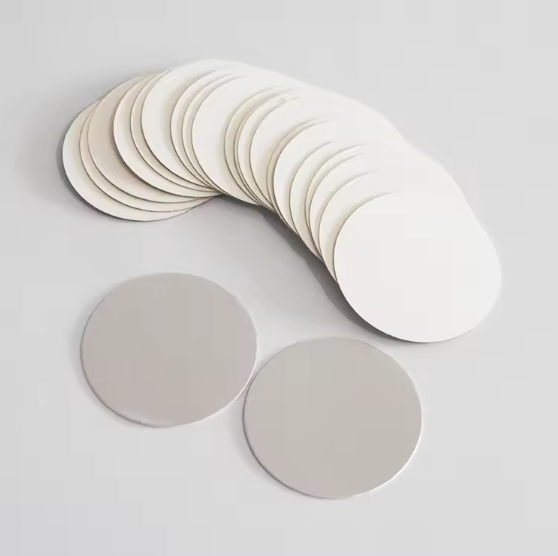
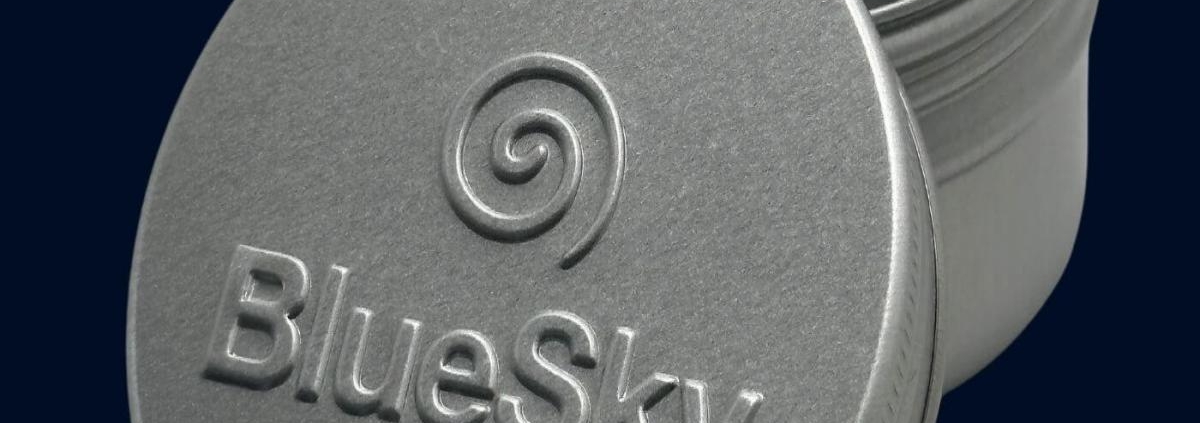
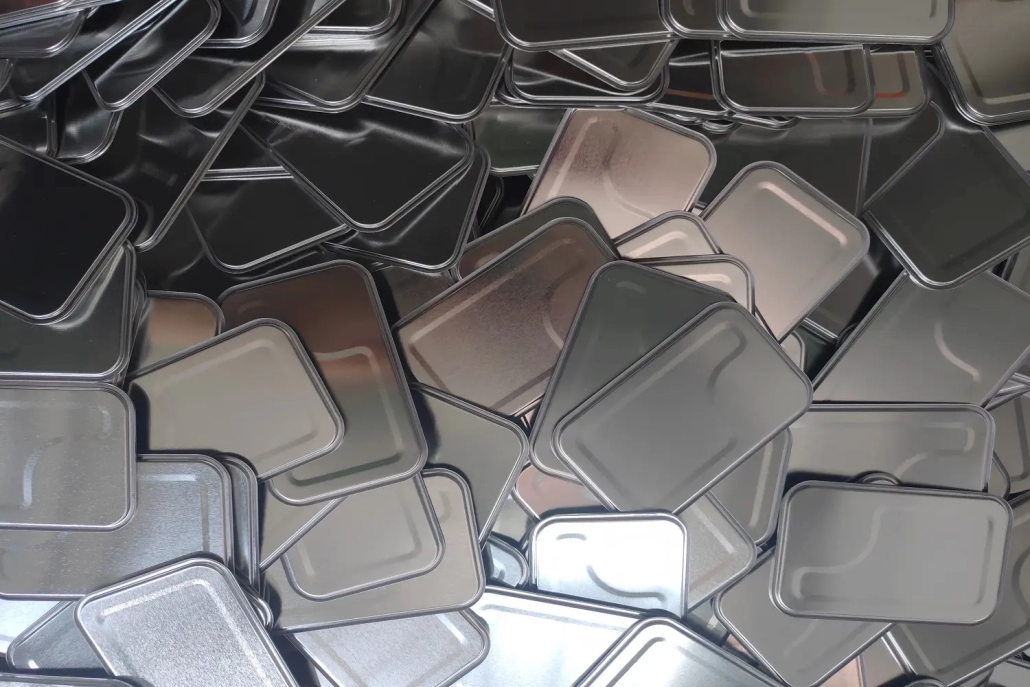
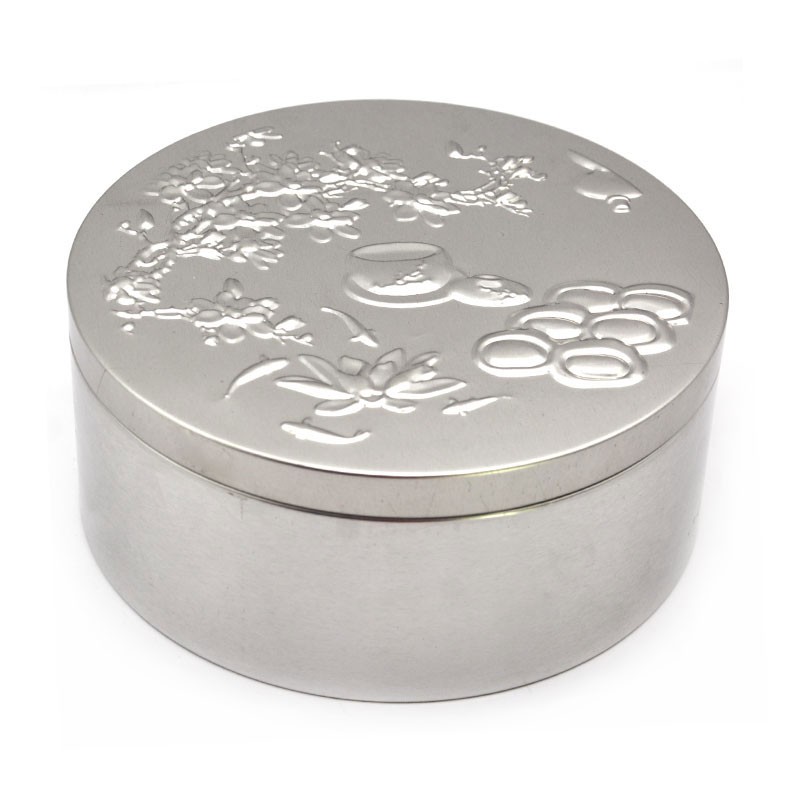



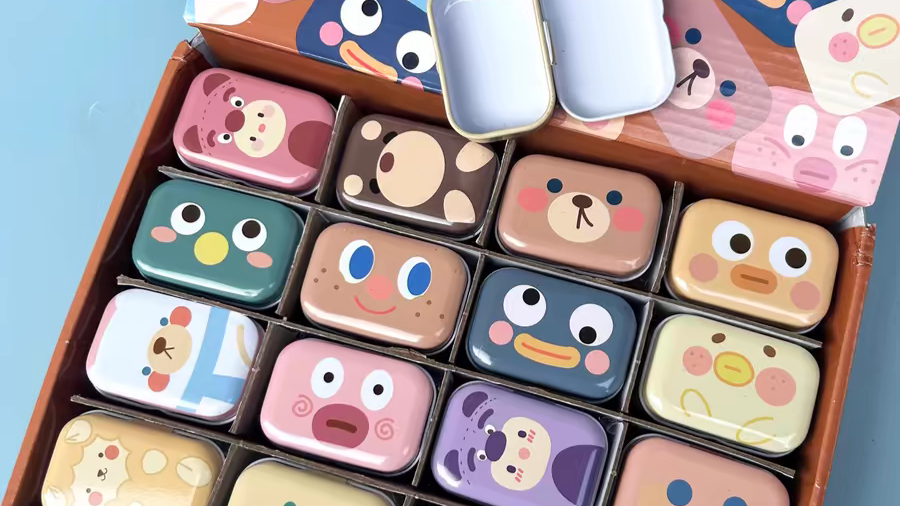



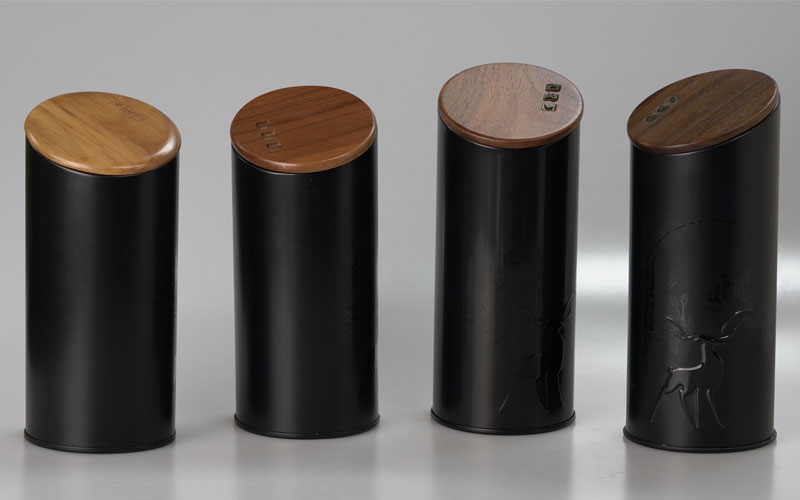
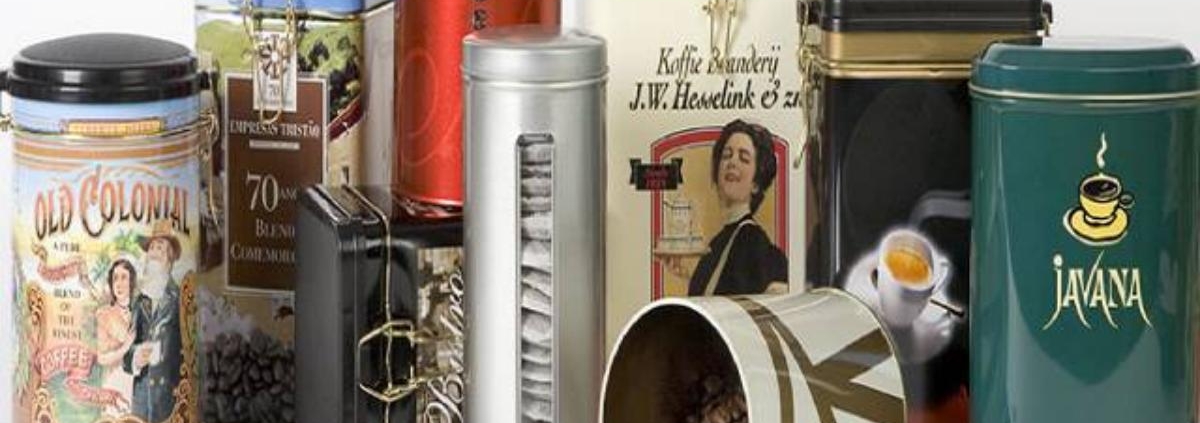

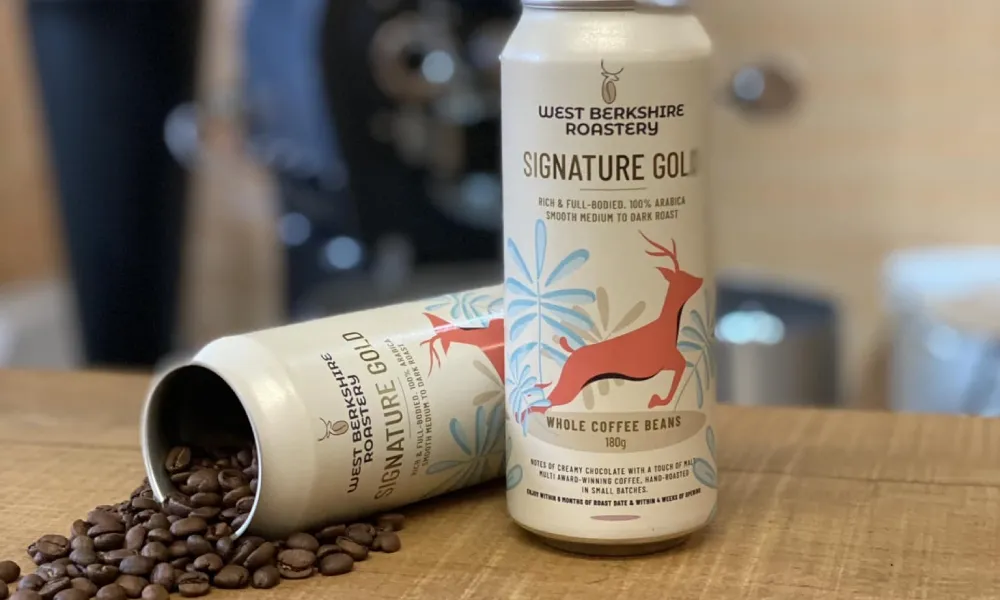
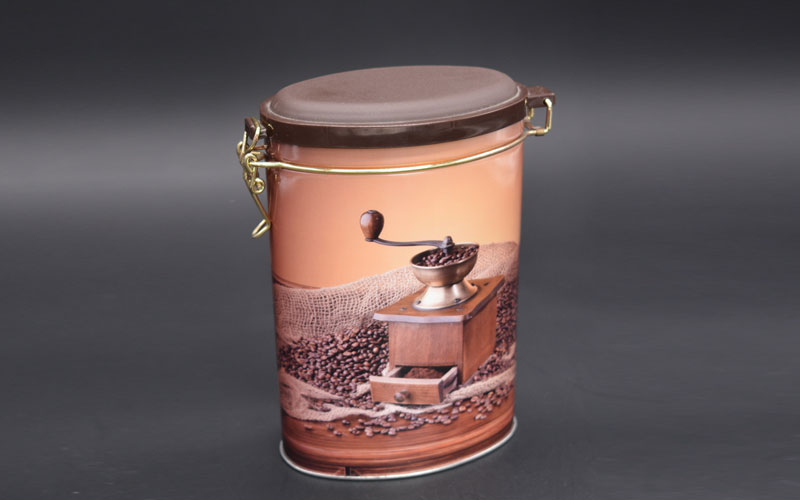


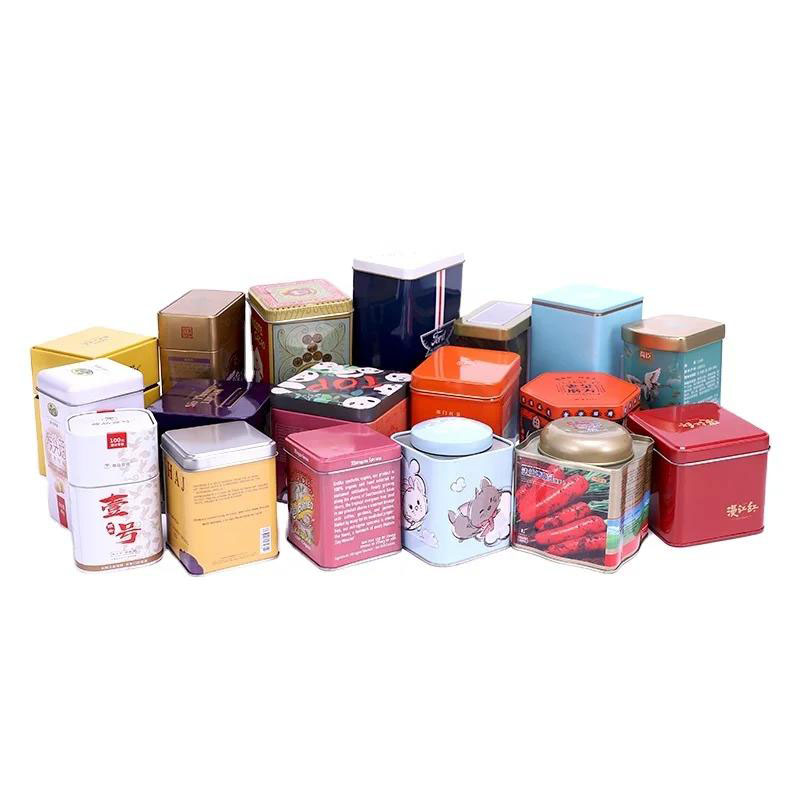
 Facebook
Facebook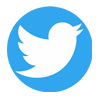 Twitter
Twitter Linkedin
Linkedin